Equipment & Facilities
QSCBC IMMUNOTHERAPY PROJECT LABORATORY
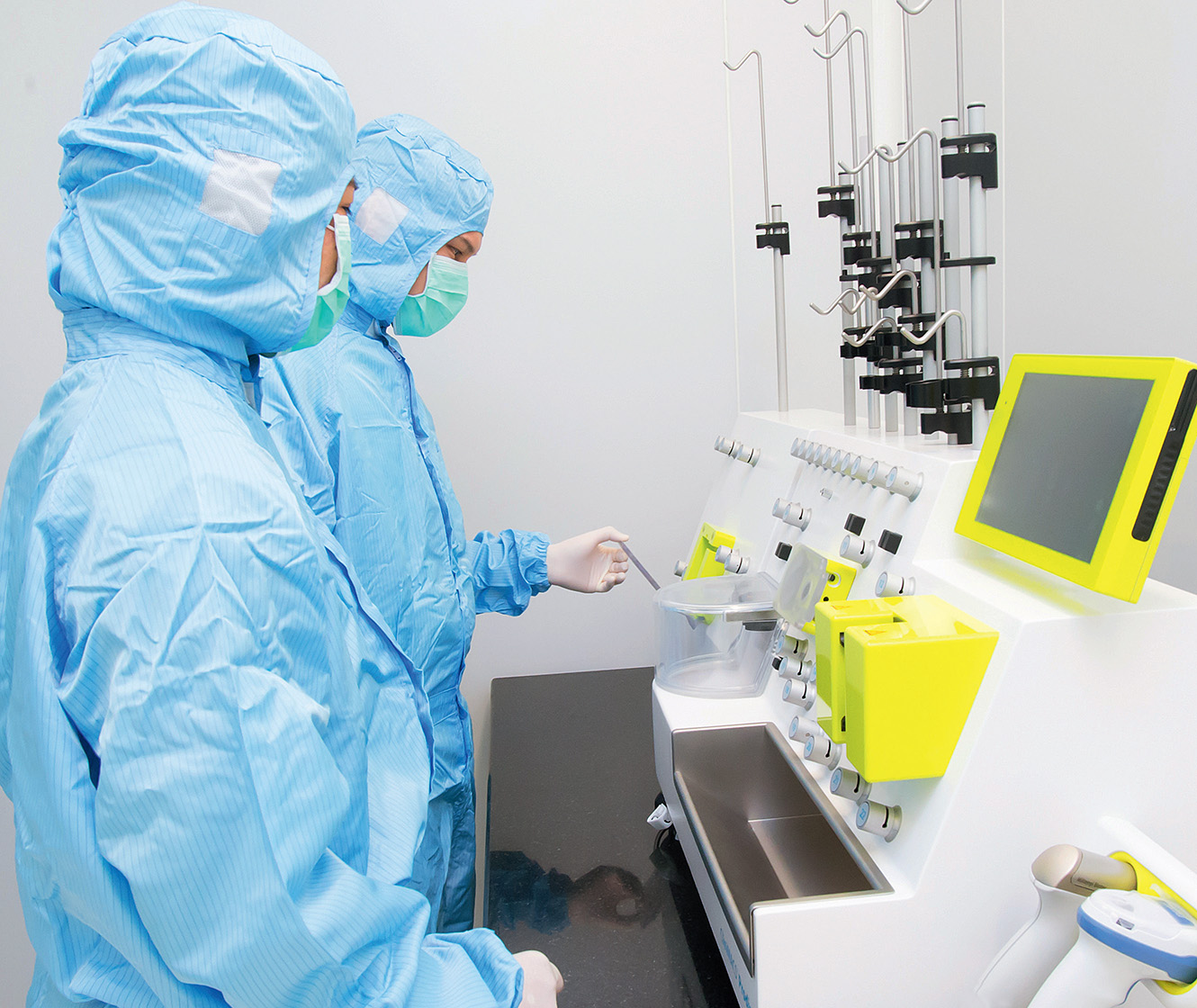
QSCBC DIAGNOSTIC PATHOLOGY LABORATORY
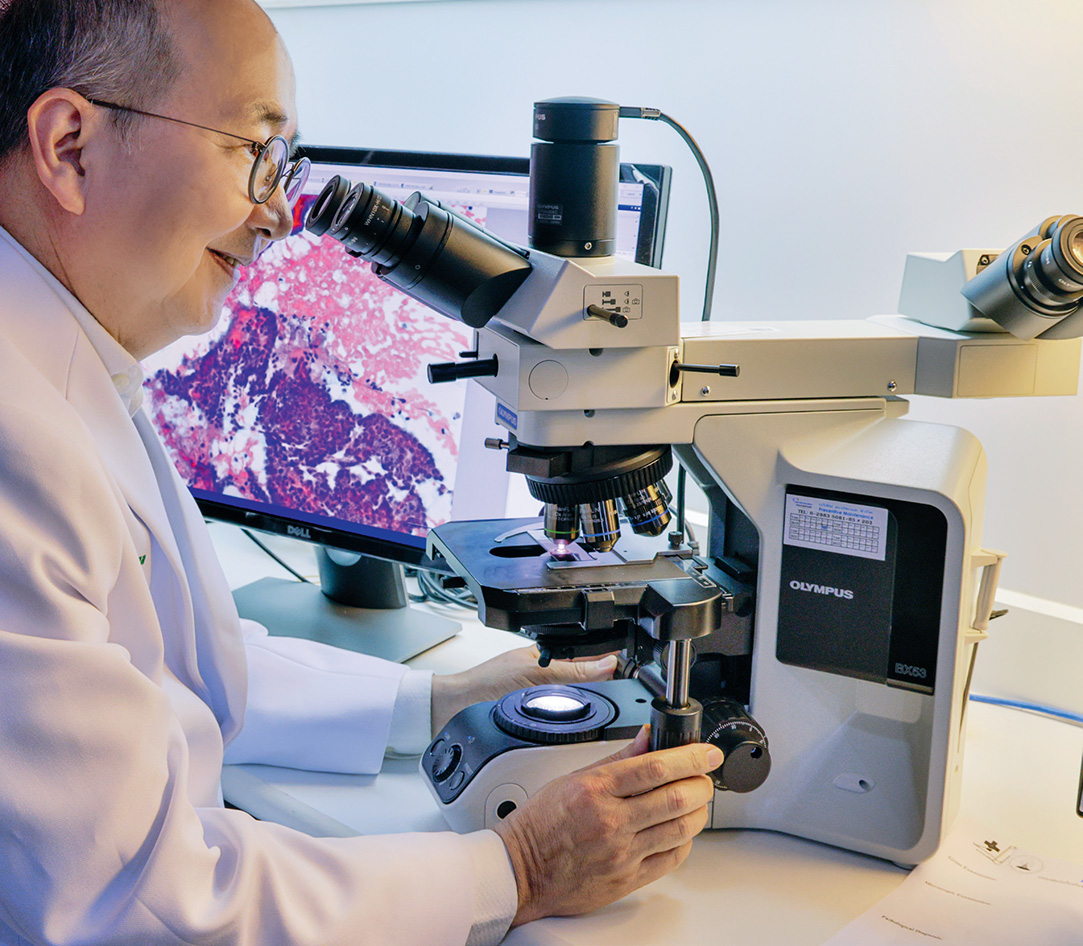
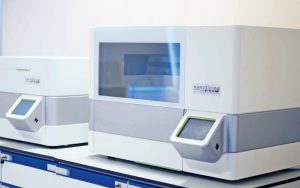

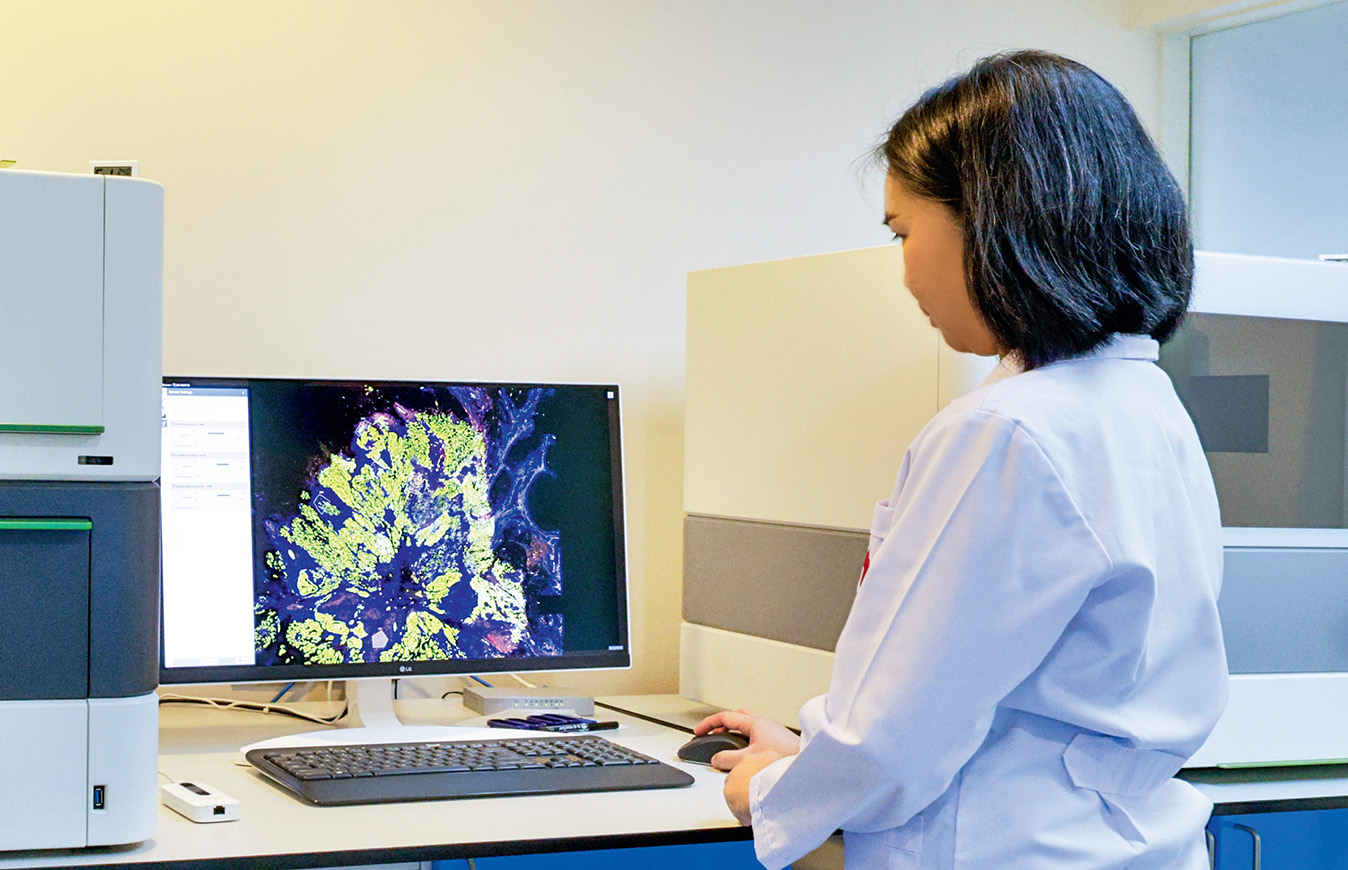
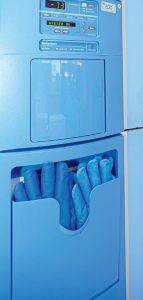
QSCBC BREAST CANCER DIAGNOSTIC RADIOLOGY UNIT
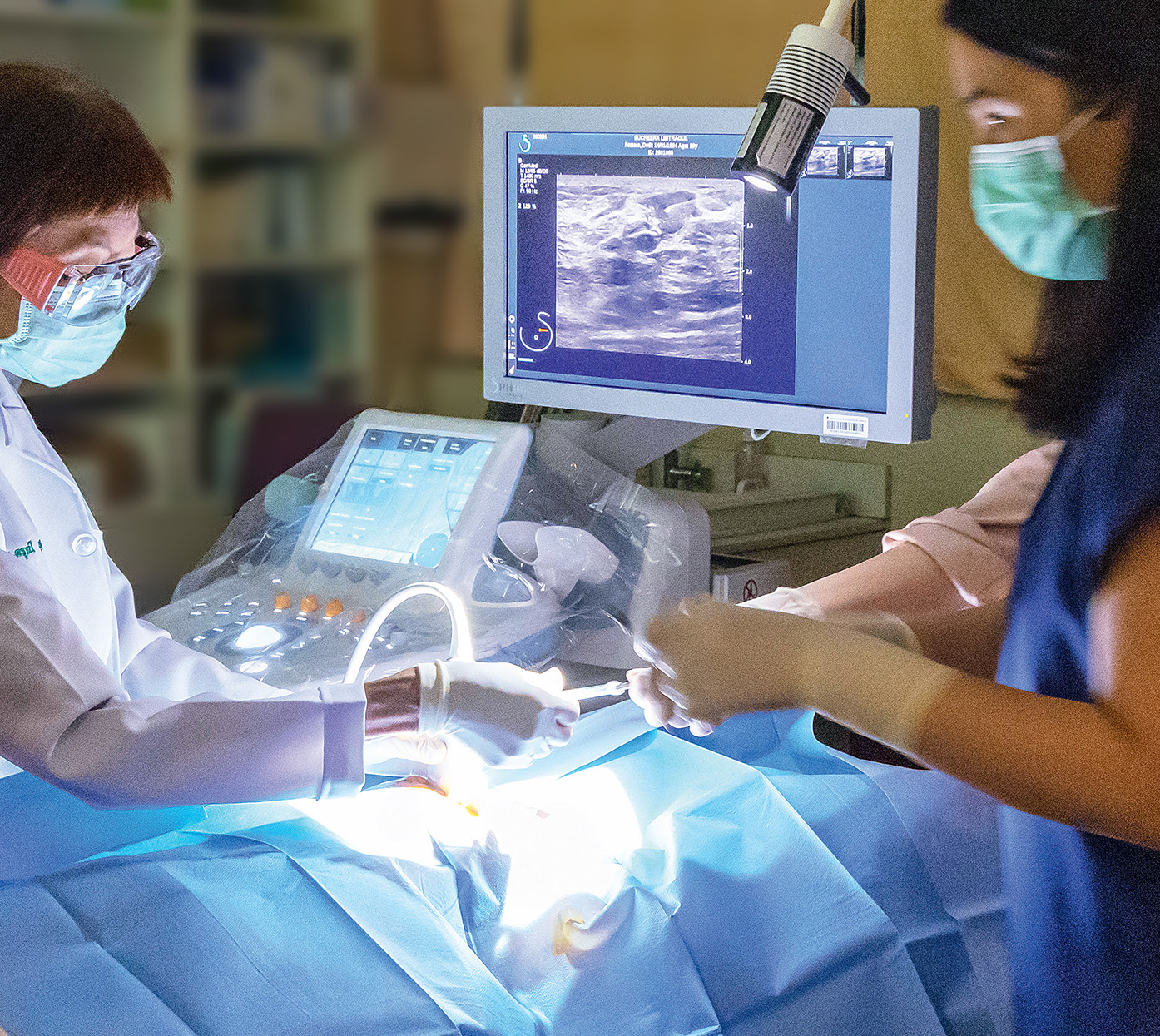

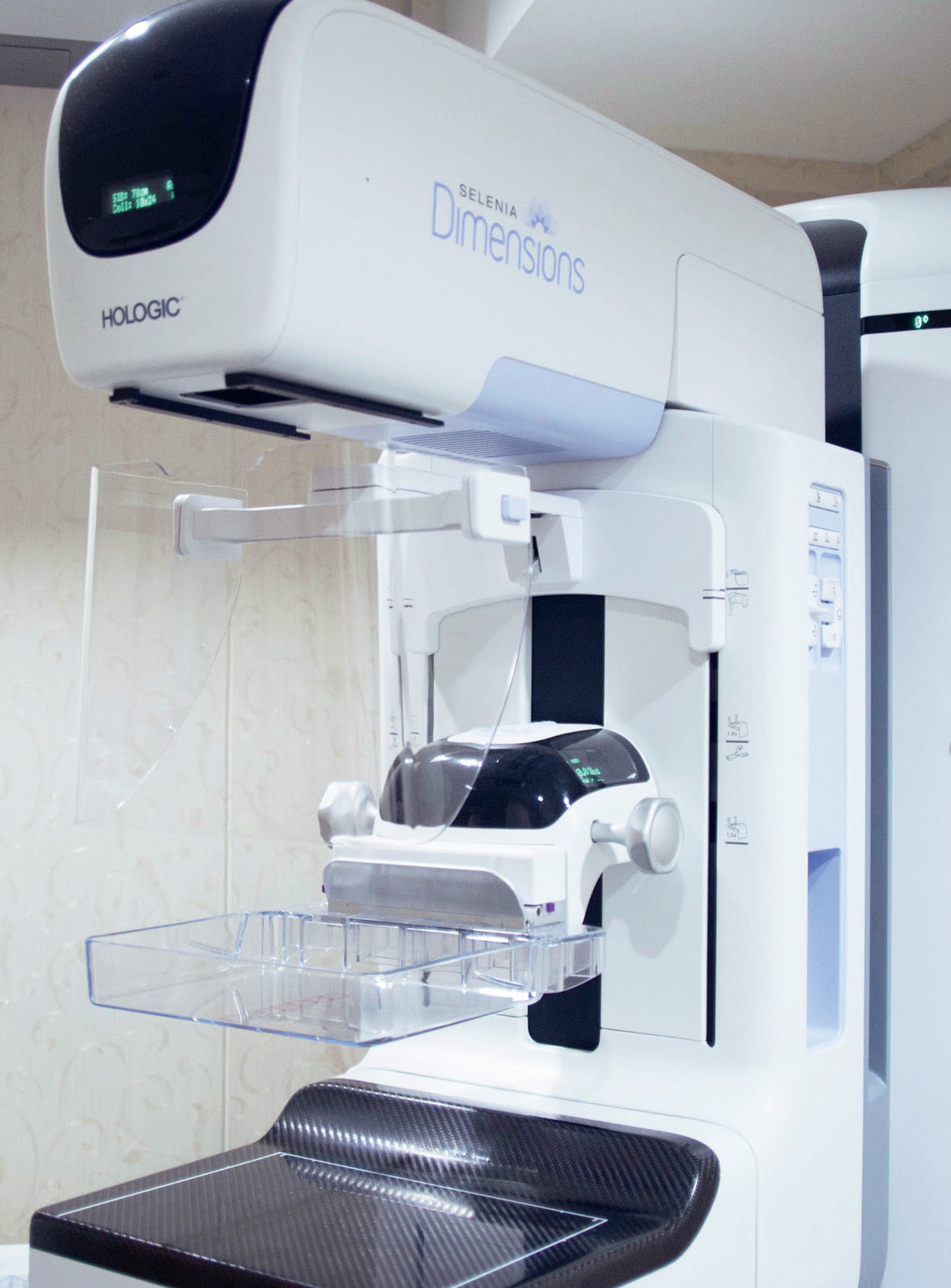
Above Left: Positioning a patient during tomosynthesis 3D mammography.
Above Right: Tomosynthesis capable of giving contrast medium facilities; it is the latest edition following the first two generations of the equipment at the QSCBC. The QSCBC had the very first tomosynthesis machine after the prototype was developed. The QSCBC has acquired the most modern equipment with the minimum radiation.
The latest version of AI, artificial intelligence, which guarantees finding the smallest abnormalities, is being installed in 2023, but AI cannot replace a good experienced radiologist. The QSCBC will be the first centre in Thailand to have this technology.





TWO QSCBC OPERATING THEATRES
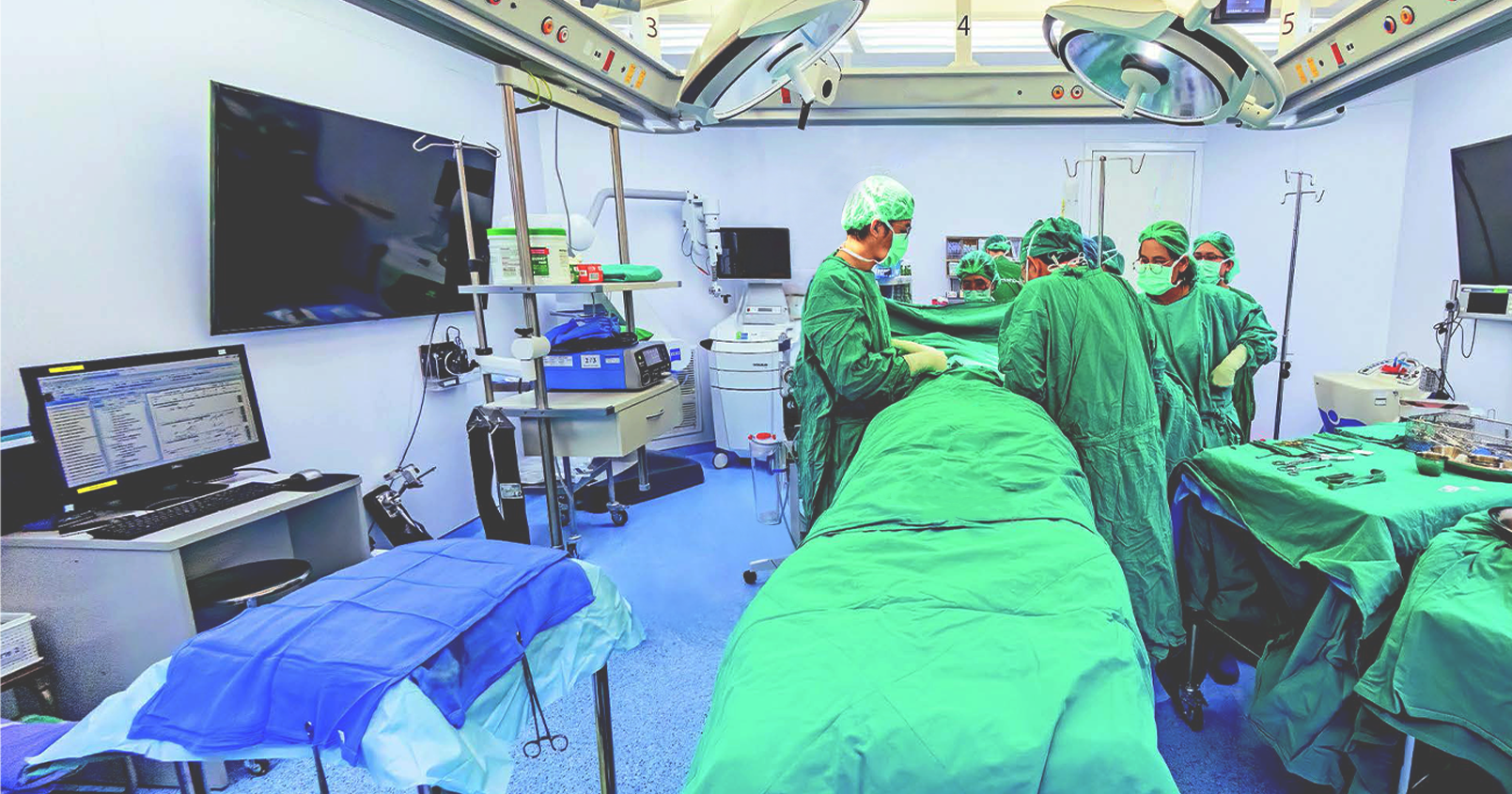
CRYOABLATION


Above Left and Right: The cryoablation equipment is used to freeze and destroy benign lumps, which may potentially be of concern. The QSCBC is doing a clinical trial on the use of cryoablation on small breast cancer lumps, at a very low temperature.
QSCBC CHEMOTHERAPY UNIT

The scalp cooling equipment was redesigned by the QSCBC team to help prevent hair loss for Asian women during chemotherapy. Prior to this, the equipment did not function well for this cultural group of patients. The temperature can now be adjusted having been successfully altered by Royal Thai Air Force engineers (Wing Commander Anucha Phalika, Flight Sergeant First Class Akanit Sapsakul, Surasak Prapapathananon), in collaboration with the QSCBC. The new equipment is now part of a research trial at the QSCBC, to improve patient care.


Above Left: Encouraging a patient prior to treatment in the chemotherapy unit.
Above Right: A QSCBC patient showing her hair immediately after a course of chemotherapy, using the new modified scalp cooling equipment. The type of chemotherapy used for this breast cancer patient normally causes hair loss. The chemotherapy damages the hair follicles and the scalp cooling protects them, allowing healthy hair regrowth.
QSCBC SHORT-STAY WARD


QSCBC OUTPATIENT CLINIC AND COUNSELLING ROOMS

QSCBC RADIOTHERAPY


Intensity Modulated Radiotherapy (IMRT) for Breast Cancer
QSCBC INTRABEAM MACHINE


The QSCBC Intrabeam machine for intraoperative radiotherapy is used in the operating theatres. Intraoperative radiotherapy has been part of an international research trial for over 10 years. The treatment is carried out in the operating theatre in one dose, rather than a long period of radiotherapy treatment over a period of weeks. It is usually carried out after surgery while the patient is still in the operating theatre. Booster doses of intraoperative radiotherapy can also be given during a conventional radiotherapy regimen to reduce the time of treatment.
It is very suitable for small breast cancer tumours, especially in the elderly; it reduces morbidity and the time spent in hospital or away from home, as well as, being cost effective. For those living far from the hospital or who have their own responsibilities of care to family members, intraoperative radiotherapy is an effective treatment. The QSCBC cooperated in an international clinical trial for intraoperative radiotherapy and was the first to use the machine in Asia.
QSCBC LECTURE THEATRES

The QSCBC uses the lecture room facilities for international conferences, open to doctors and nurses nationally, to learn from leading specialists in their fields and from the QSCBC team. The facility is used for press conferences and academic courses.



The QSCBC multidisciplinary meeting was first set up thirty years ago, to introduce the concept of all the patient specialities discussing together the most appropriate treatment programme. The patient is treated by a cohesive team, rather than being passed between a line of specialists. The junior medical, nursing and technical staff have an invaluable teaching opportunity to learn the most modern approaches to breast cancer care.
QSCBC PRAYER ROOM

QSCBC FLOOR 10



